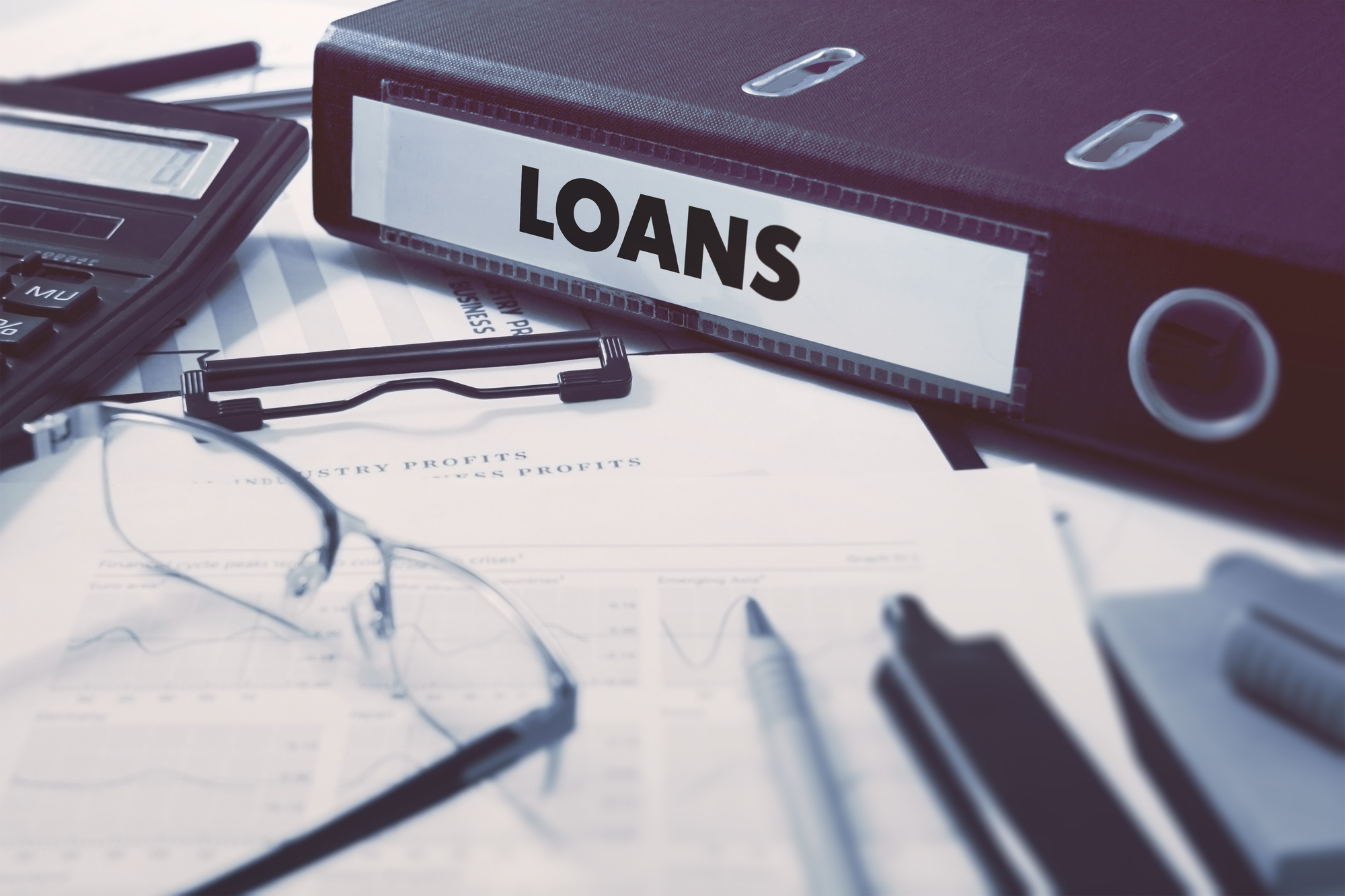You’re staring at your pile of bills, and something doesn’t look right. You crunch the numbers, do the math and they’re still not lining up.
If you think you’ve been charged incorrectly and don’t actually owe a certain debt, it’s important to get your facts right.
Debt collectors are required to send you a debt validation letter that outlines the details of every charge. If anything looks suspicious, you can issue a debt verification letter to challenge that expense.
Interested in learning more about how this process works? Read on!
What Is Debt Validation?
Under the Fair Debt Collection Practices Act (FDCPA), you have the legal right to dispute any charge brought forth by a debt collector. At the same time, the collector is required to be as forthcoming with you as possible.
You should receive a debt validation letter with every debt you’re issued. Within the letter, the collector should include pertinent information about every expense, including:
- How much the debt is for
- How much you currently owe
- The name of the creditor
- A statement that the debt is assumed valid unless you dispute it within 30 days of initial contact
- A statement that if you want to challenge the debt or request more information about it, the collector will verify those details by mail
- A statement that if you request more information about the creditor within 30 days, the collector will provide it
In most cases, this validation letter will explain your debt in full and require no further action. However, there might be some instances in which you believe the information provided therein is inaccurate.
In this case, you’ll need to send in a written request for more information within 30 days of being contacted by the debt collection agency. In this request, you’ll inquire about the debt and ask for more details behind it.
Why are these two letters so important? While they aren’t too common, debt collection errors do happen.
You shouldn’t be required to pay a sum you don’t owe or inadvertently revive an old debt that’s long past the statute of limitations. You also want to avoid falling victim to a debt collection scam.
Here are the steps to follow.
Step 1: Read Your Debt Validation Letter
Under the FDCPA, every debt collector must send you a written notice outlining your debt validation rights within five days of making initial contact with you about your debts.
What does this initial contact look like? In short, it can take many forms.
A collector can choose to contact you in the following ways concerning your debts owed, among others:
- Over the phone
- In a written letter
- Via a summons to appear in court
Note that even if the initial contact is verbal in nature, the collector is also required to send a debt validation letter outlining your rights within five days.
If you do not receive this letter, ask about it the next time your debt collector contacts you. While you’re at it, write down the collector’s mailing address, too. This way, if the validation letter contains data you don’t agree with, you can mail your official debt verification letter immediately.
Step 2: Compose Your Debt Verification Letter
Once you receive your debt validation letter in the mail, read over it word by word. If anything appears inaccurate, it’s time to request more information.
Still waiting to hear back from the collector after that initial contact? You can also send in a debt verification letter if your debt validation letter never arrived.
The two circumstances in which a debt verification letter is appropriate. These include:
- When you want to pause the collection efforts of a particularly aggressive collector
- When you intend to pay the debt, but want to verify you’re paying the right amount to the right person
While there are many templates available to help you outline your debt verification letter, the key is to be as specific and thorough as possible. Let’s take a look at a few key questions to ask.
Why Do I Owe This Debt?
Ask the collector why he thinks you owe this debt. Who is the original creditor? Request that the collector include copies of all documentation surrounding the debt, such as a contract.
How Much Is This Debt? How Old Is It?
Next, ask the collector to include a copy of the last billing statement you received from the creditor. What was the exact amount of the debt when the collector purchased it?
Also ask about the date of your last payment, as well as whether there is a statute of limitations that could apply to your debt.
Are You Authorized To Collect This Debt?
To make sure the collector is reputable, ask to see proof that he is authorized to collect debt in your state.
If there is any kind of hesitation at this juncture, it could be a sign that you’re working with a scammer.
Once your letter is complete, you can send it by certified mail and request a return receipt. This way, you’ll have a written, traceable record of communication between yourself and the collector.
One thing to keep in mind? While you can certainly request as many details as possible, the collectors are only legally obligated to provide you with information on the creditor, the amount owed, and the name of the person who owes the debt. Once they share this data in full, they’re free to resume their collection efforts.
Most of the time, these details are enough to satisfy the question of whether or not you actually owe the debt, if the amount is accurate, and if a statute of limitations applies.
The Timelines To Know
To recap, after making initial contact with you about the debts you owe, a collector has five days to send you a debt validation letter outlining basic details.
If you want to dispute these charges, you’ll have 30 days from the first contact to issue a debt verification letter in response. The collector has to pause collection efforts until he can verify that the debt is indeed yours.
If you never receive a validation letter or never get a response to your verification letter, your next step would be to file a complaint against that creditor with the Consumer Financial Protection Bureau.
Help With Debt, Fast
While debt validation is one way to help overcome your mounting debt, it isn’t the only way.
If you’re struggling to get back on top of your finances and eradicate debt for good, we can help.
Our platform puts you in touch with debt consolidations agencies who can help you consolidate your myriad expenses into one, low-interest monthly payment. Fill out this form to connect with us and get started today.




